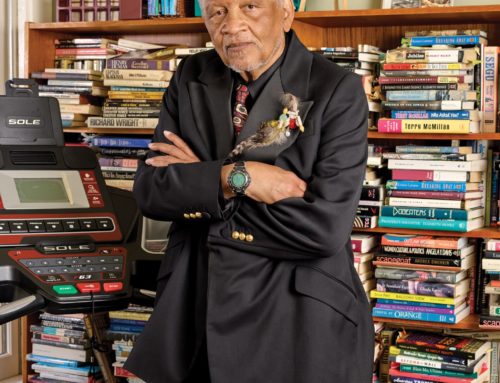Midway through Brigitte Lozerec’h’s Sisters, Mathilde Lewly, one of the novel’s eponymous siblings as well as its narrator, lost in a moody internal monologue, launches at a painting by her younger sister Eugénie the following critical question: “The scene was certainly right, but what was it about the pictures that seemed so empty?” Like Eugénie’s painting, Lozerec’h’s novel is proficiently executed with no obvious aberration or omission spoiling the integrity or artistry of the whole. Still, as the novel begins with a soft-hued vision of the Clichy studio that Mathilde and her husband Frédéric call home something, it must be admitted, doesn’t sit quite right:
Trembling without taking my eyes off him, dropping the soft lead pencil and tracing paper where I’d copied the sketch I’d made the night before, I went to the sofa where he joined me. I looked at the bluish scar he’d smeared across his forehead with the back of his hand. As he kneeled close to me and reached for my blouse with fingers still stained from the colors he’d mixed, I was already unfastening my corset to give him my breasts and already he was lifting my skirt with one hand. I learned then that seconds can last forever, because the memory still moves me deeply whenever I conjure it up.


